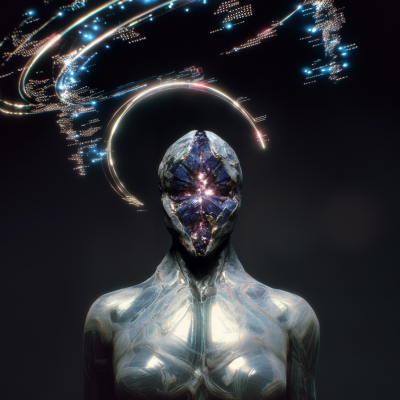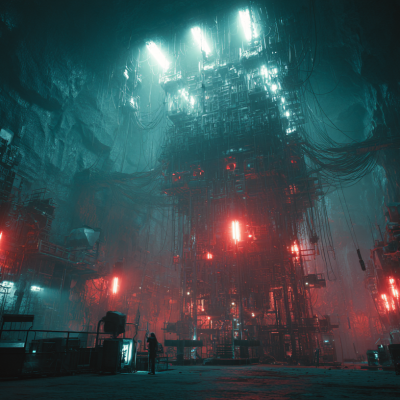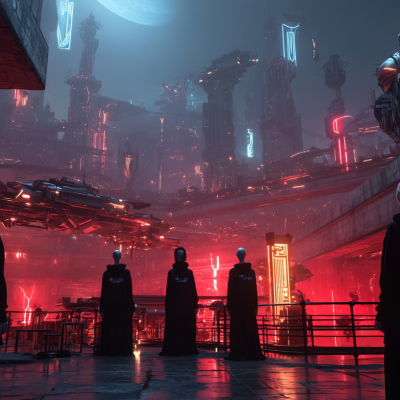Close your eyes and picture this
A lone Pathfinder-class Robot Core stands in the Martian dust and an abandoned factory. Seven meters of battle-scarred titanium, weathered paint revealing the scratches of a hundred skirmishes. The setting sun casts long shadows through the rust-colored atmosphere. The pilot inside carries the weight of using that imprisoned alien intelligence to power his machine.
Now open your eyes. That image exists. I created it yesterday.
Not with paint or a camera, but through a collaboration between human vision and artificial intelligence that would have been impossible just a few years ago. And it’s helping me tell the story of Fall of the Titans in ways that extend far beyond words and music.
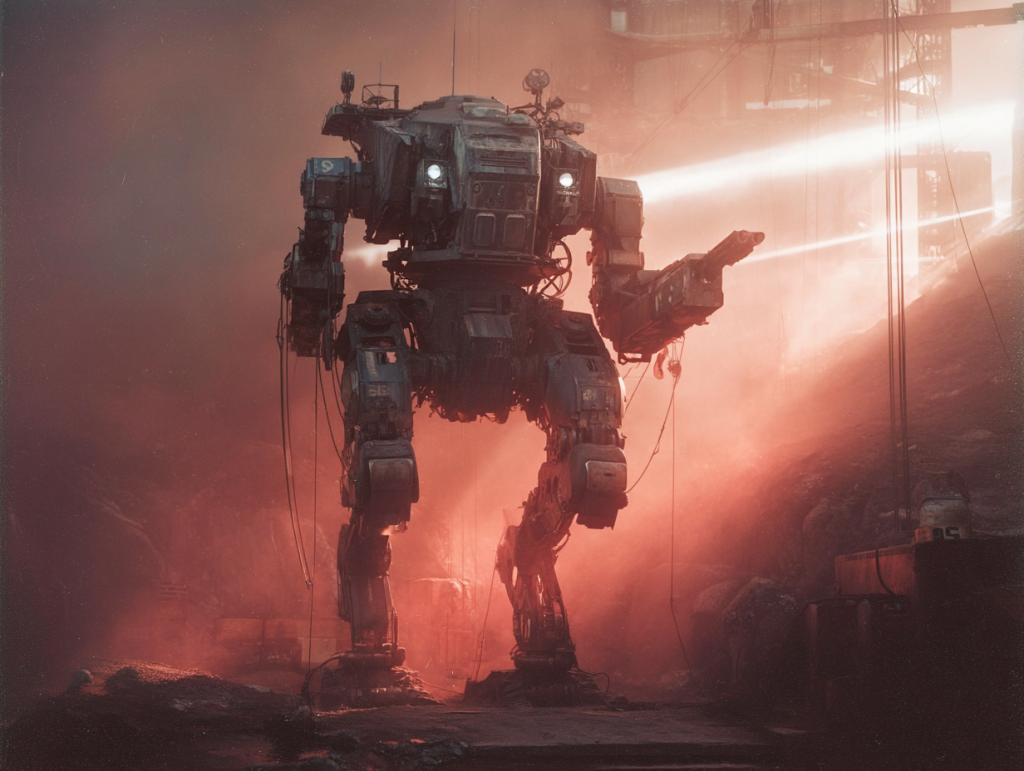
Three Years in the Visual Trenches
I’ve been using Midjourney for almost three years now, since the early days when the tool was experimental and unpredictable. Back then, generating a usable image required dozens of attempts and a lot of patience. The results were often strange, dreamlike, sometimes nightmarish.
But I saw the potential immediately.
Here’s the thing about being an independent creator: you can’t afford a concept artist, a cinematographer, a visual effects team, and a marketing designer. You’re one person trying to build a transmedia universe that traditionally would require an entire studio. AI visual tools changed the equation. Suddenly, the impossible became merely difficult.
Over three years, I’ve watched Midjourney evolve from interesting experiment to genuinely powerful creative tool. More importantly, I’ve evolved in how I use it—from someone randomly generating cool-looking images to someone directing a specific visual aesthetic with precision.

First image created with Midjourney 166 weeks ago. Prompt was: cyberpunk helsinki megacity with giant robots
The Director’s Chair Approach
Here’s the crucial mindset shift: I’m not someone pressing a button to “make AI create art.” I’m a visual director using AI as my cinematographer.
When Denis Villeneuve makes a film, he doesn’t operate the camera himself. He works with cinematographer Roger Deakins, describing the shot he wants—the mood, the lighting, the composition, the emotional weight. Deakins then uses his technical expertise to capture that vision.
That’s my relationship with these AI tools. I’m the director. I know exactly what I want to see:
- The industrial brutalism of MechWarrior
- The weathered, lived-in realism of military hardware
- The moral weight visible in every frame
- The specific cyan glow of Soul Prisms
- The rust-orange of Martian dust storms
The AI is my technical crew, executing that vision with increasing precision.
The Claude + Midjourney Collaboration System
Here’s where it gets interesting: I now have a complete visual style guide integrated into Claude’s knowledge base. This document has been refined over months and contains everything needed to generate consistent Fall of the Titans imagery.
The workflow looks like this:
Step 1: Story to Vision
I take a section of the actual story text—I want to create images of the field mechanics who maintain the robot core unit. I give that text to Claude along with what kind of visual I need: “field mechanic fixing a robot core unit. Style that suites Fall of the titans.”
Step 2: Prompt Generation
Claude analyzes the scene and generates 10 different Midjourney prompt variations, each emphasizing different aspects:
- Variation 1: Wide environmental shot showing scale of the facility
- Variation 2: Close-up on Falck’s Robot Core with dramatic lighting
- Variation 3: Low angle emphasizing the hostile atmosphere
- Variation 4: Over-the-shoulder perspective from another pilot’s viewpoint
- Variations 5-10: Different composition and emphasis combinations
Each prompt is precisely crafted using the modular components from my style guide:
- Color palette specifications (desaturated teal-cyan)
- Lighting configuration (backlit through methane fog)
- Atmospheric effects (heavy volumetric fog, depth layers)
- Technical camera specs (anamorphic 2.39:1, shallow depth of field)
- Weathering details (battle-damaged, Mars dust accumulation)
- Negative prompts (no bright colors, no clean surfaces, no CGI gloss)
Step 3: Generation and Selection
I take those 10 prompts into Midjourney and generate images. Usually 2-3 of the variations will be exactly what I’m looking for. Sometimes none of them are right, and I’ll refine further. Sometimes I get lucky and the first attempt is perfect.
The key is having options. Different angles on the same vision.

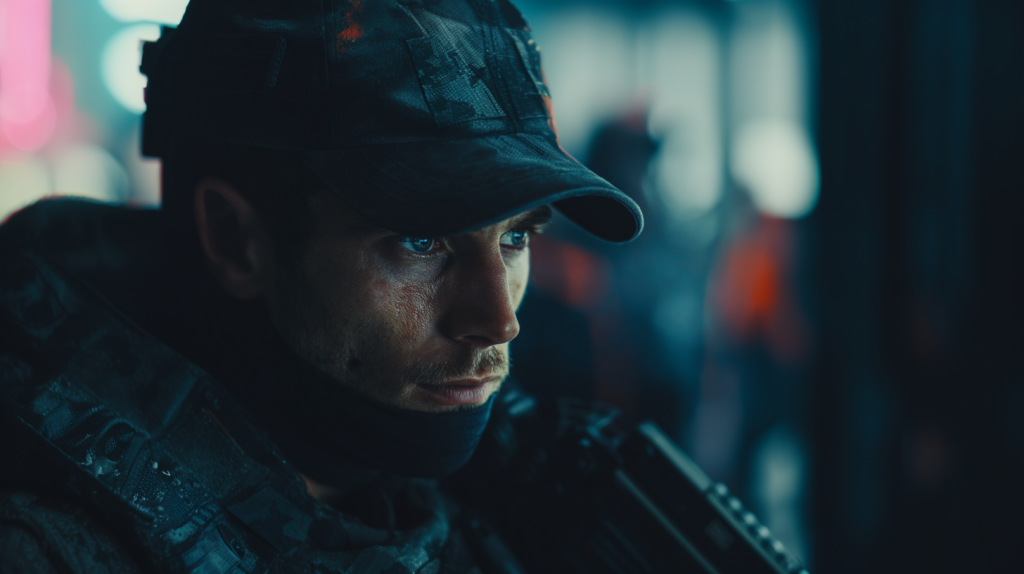
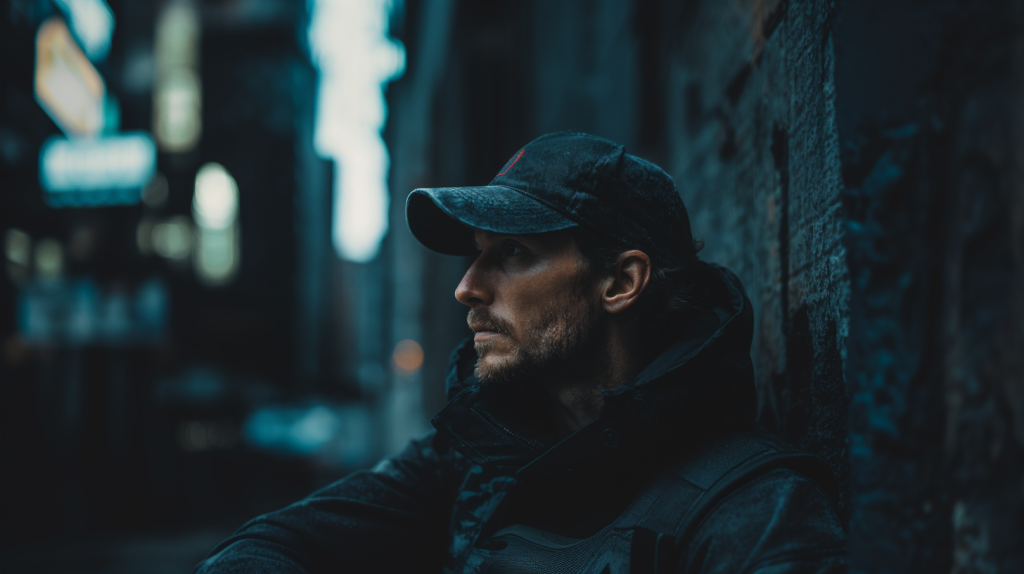
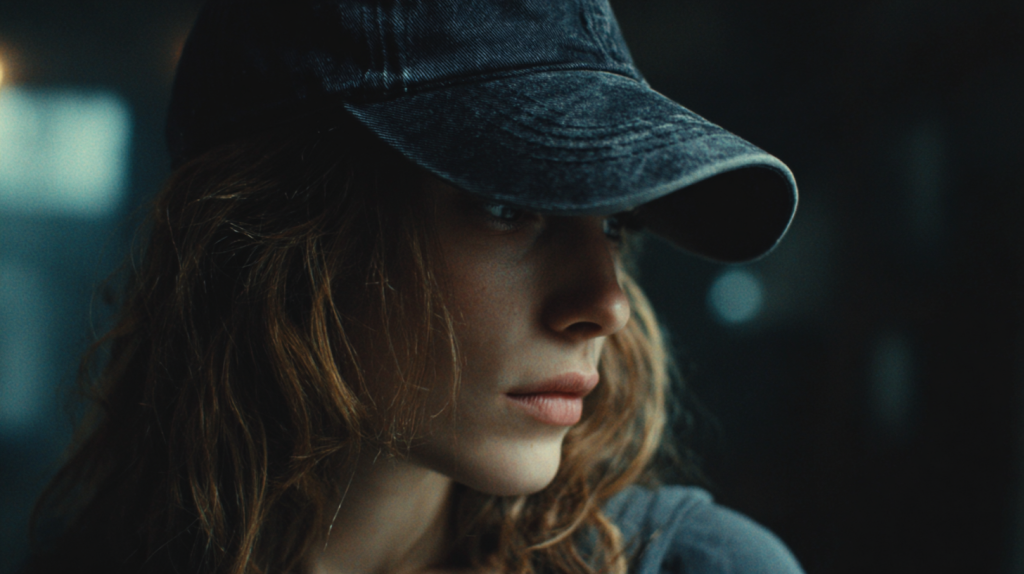
Step 4: Character Consistency
This is where Midjourney’s reference features become crucial. I use:
Omni Reference (–cref): For maintaining consistent character appearances across multiple images. I have reference images of Falck, Ares, Ace, Krueger—all the major characters. When I need Falck in a new scene, I reference his established appearance so he’s recognizable across the entire visual library.
Image Reference (–sref): For maintaining overall style consistency. If I’ve generated a particularly perfect example of the Fall of the Titans aesthetic, I can reference that style for future generations.
Standard Image Prompting (–iw): For specific poses, compositions, or technical details I want to preserve.
This isn’t perfect—AI image generation still struggles with perfect consistency—but it’s dramatically better than it was even six months ago. With careful reference usage, I can maintain character identity across dozens of images.
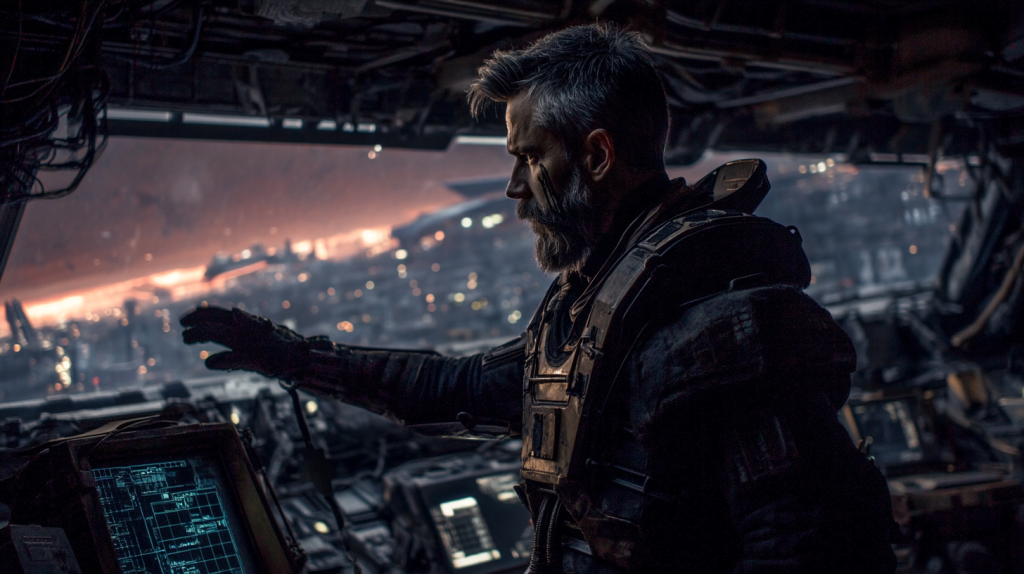
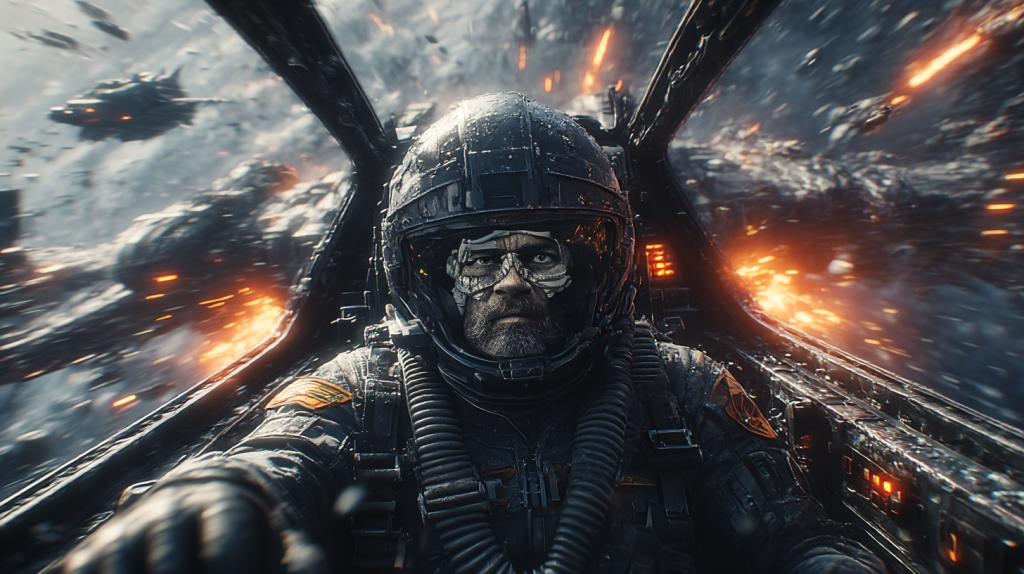
From Static to Motion: The Animation Evolution
Static images are powerful, but movement adds another dimension. Some of my Midjourney images get animated within the platform itself—Midjourney has basic motion capabilities that can add subtle movement to a scene. That eerie pulse of a Soul Prism. Wind moving through Martian dust. Small touches that make images feel alive.
But for more complex video work, I use Artlist.io, which gives me access to cutting-edge AI video models:
Kling 2.5 – Excellent for realistic motion and physics simulation Sora – (When I can access it) – Incredible for complex scene generation VEO – Great for specific technical motion needs
These tools let me take my generated images and extend them into short video clips. A Robot Core taking a step forward. A dust storm rolling across the Martian landscape. Falck’s face as realization hits.
The videos aren’t long—usually 3-10 seconds—but they’re enough to bring scenes to life for social media, promotional material, and eventually, I hope, full animated sequences.
The Merch Connection: Fiction Meets Reality
Here’s one of the coolest aspects of this visual development: everything I create can blur the line between fiction and reality.
Through Artlist’s Google Nano Banana, I can integrate actual merchandise into the images and videos. That tactical cap with the Neo Helsinki Robot Core insignia that Falck wears in Chapter 8? You can buy that same cap. The patch on Krueger’s flight suit? Available on my merch store soon.
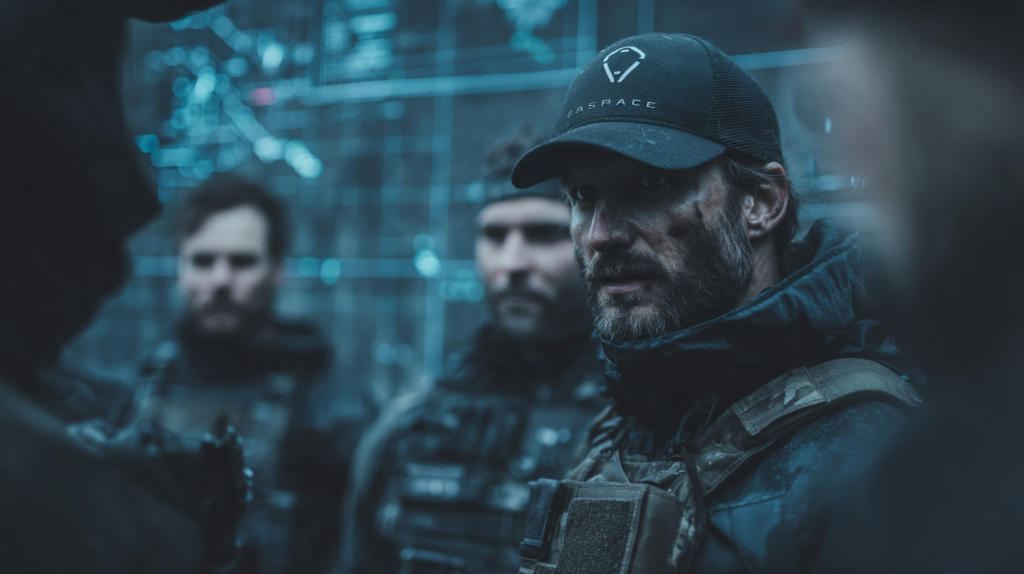

This creates a unique transmedia experience: readers aren’t just consuming a story, they’re able to literally wear the same gear as the characters. The fictional world bleeds into the real one. When someone wears a Neo Helsinki Robot Core cap, they’re making a statement about which side of the conflict they identify with.
More details on the full merch line coming soon, but the visual integration is already happening. Every piece of gear, every insignia, every detail is being designed both for the story and for actual physical products.
The Denis Villeneuve Blueprint
“How do you get that specific cinematic look?”
The answer is studying masters and translating their visual language into AI prompts.
I’ve watched Blade Runner 2049, Arrival, and Dune more times than I can count, but not as entertainment—as study material. I analyze:
- Color grading: How Villeneuve uses desaturated palettes with carefully chosen accent colors
- Atmospheric depth: The way fog, dust, and haze create layers of visual information
- Scale: How he makes environments feel vast and humans feel small
- Lighting: The dramatic backlighting, the interplay of natural and artificial light sources
- Composition: Where he places subjects in the frame, how he uses negative space
Then I translate those observations into prompt components:
cinematic sci-fi photography, Denis Villeneuve visual language, Roger Deakins lighting influence, atmospheric depth, dramatic backlight through heavy volumetric fog, desaturated teal-cyan color grading, anamorphic lens characteristics, shallow depth of field
Combined with the MechWarrior industrial brutalism aesthetic and specific Fall of the Titans world details, this creates the signature look: weathered military realism meets philosophical science fiction cinematography.
The Challenges and Limitations
Let me be completely honest about what doesn’t work perfectly:
Coherence Isn’t Perfect
Will every visual element be 100% coherent when I’m done releasing Book II? No. AI image generation is still evolving. Sometimes hands look weird. Sometimes mechanical details don’t quite make sense. Sometimes a character’s face will be slightly different between images despite using references.
I’m documenting this moment in AI tool history. In 5 years, people will look back at what was possible in 2025 and see it as primitive. But it’s what we have now, and it’s powerful enough to tell the story I need to tell.
Budget Constraints Are Real
I don’t operate on unlimited plans. When I hit my monthly limits on Midjourney (trust me, it happens fast when you’re generating hundreds of variations), it’s time to cool down and focus on music production instead.
Interestingly, this forced rotation might actually help the creative process. Switching between visual work and music work prevents burnout on either medium. When I’ve been staring at image prompts for days, returning to Reason 13 and my synthesizers feels refreshing. And vice versa.
The Prompting Learning Curve
Getting consistently good results still requires a lot of prompting skill. I can’t just type “cool robot” and get Dire Wulf TB303. I need to specify:
- Exact class and designation
- Weathering and damage state
- Lighting configuration
- Atmospheric conditions
- Color palette
- Scale indicators
- Camera angle and lens characteristics
- And comprehensive negative prompts for what I don’t want
This takes practice and iteration. My style guide has hundreds of specific component phrases that I’ve tested and refined. It’s technical work, not magic.
Ethical Considerations
I’m using AI trained on countless artists’ work. That’s an uncomfortable truth, and I understand why people have strong feelings about it. My approach is radical transparency—I’m completely open about using these tools, showing exactly how I use them, and acknowledging the legitimate concerns.
I can’t solve the industry-wide ethical questions around AI art. What I can do is be honest about my process and let people make informed decisions about engaging with the work.
From Early Experiments to Established Aesthetic
Let me show you the evolution by describing the journey:
Early 2023: My first Midjourney attempts were… interesting. Weird proportions, dreamlike abstraction, nothing like the realistic military sci-fi I wanted. But I could see the potential.
Mid 2023: Started developing consistent prompting strategies. Created my first mood boards. Began understanding how to guide the AI toward specific aesthetics rather than accepting whatever it generated.
Late 2023: Built the foundation of my visual style guide. Identified Denis Villeneuve’s cinematography as the north star. Started getting consistently good results that matched my vision.
2024: Refined the system to include modular prompt components. Began working with Claude to automate and systematize the prompting process. Integrated character reference systems for consistency.
2025: Now have a complete visual production pipeline. Can go from story text to final, publication-ready imagery in a matter of hours instead of days. The aesthetic is established, consistent, and distinct.
It’s been a journey of thousands of generated images, countless prompt refinements, and continuous learning. The results show that evolution—early Fall of the Titans visuals look experimental, while current imagery looks professionally directed.
What Visual Development Changes About Storytelling
Having this visual capacity has changed how I write. Now when I’m developing a scene, I’m thinking:
- How will this look visually?
- What composition would best capture the emotional weight?
- Is this description vivid enough to translate into a compelling image?
- Does the visual rhythm of the chapter match the pacing I want?
Sometimes I’ll generate an image based on a rough scene idea, and the image itself will suggest narrative details I hadn’t considered. The way light falls on a Robot Core’s armor might suggest a time of day. The expression I see on a generated character’s face might deepen my understanding of their emotional state. The sense of scale in an environmental shot might change how I describe a location.
It’s a feedback loop: story informs visuals, visuals inform story.
The Future of Fall of the Titans Visuals
As Book II progresses toward release, the visual content will expand to include:
Character Portraits – Establishing the faces of Falck, Ares, Ace, Krueger, and other key players
Robot Core Hero Shots – Showcasing the different classes and their distinctive characteristics
Environmental Establishing Shots – Neo Helsinki under the dome, Martian wastelands, Titan’s methane seas
Combat Sequences – Dynamic action imagery that captures the brutal reality of mech warfare
Technical Detail Close-ups – Soul Prisms, cockpit interiors, weapon systems, atmospheric effects
Mood and Atmosphere Pieces – Images that capture the philosophical and emotional weight of the story
All of it maintained in the established aesthetic: desaturated cinematic realism, industrial brutalism, atmospheric depth, and moral complexity visible in every frame.
The Real Magic: Human Vision + AI Execution
Here’s what I want people to understand: AI isn’t creating the vision. I am.
Every image starts with me knowing exactly what I want to see, what emotion it should evoke, what story it should tell. The style guide I’ve built over three years represents hundreds of hours of human creative decision-making. The prompts Claude generates are based on my detailed instructions and the aesthetic I’ve painstakingly defined.
The AI is incredibly powerful at executing that vision, at handling the technical complexity of rendering photorealistic imagery. But it’s not conceiving the vision. That’s still purely human work.
Just like Roger Deakins operating the camera doesn’t diminish Denis Villeneuve’s creative vision, the AI executing my prompts doesn’t diminish my creative direction.
Gratitude for the Tools
I’m genuinely grateful to be creating at this moment in technological history. Twenty years ago, what I’m doing would have required a team and a budget I could never access. Ten years ago, it would have been technically impossible. Five years ago, it would have been prohibitively difficult.
Now? It’s challenging but achievable. One person with vision, dedication, and the right tools can create visual content that rivals professional productions.
That’s not to say the tools are perfect or that using them doesn’t raise legitimate questions. But they’ve democratized visual storytelling in profound ways, and I’m taking full advantage of that opportunity.
What’s Coming Next
As I continue developing Book number II, the visual library will grow significantly. Every chapter will have associated imagery. Every key moment will have a visual representation. The world will be rendered in increasing detail and consistency.
I’ll be documenting this process ongoing—showing specific examples of prompt development, discussing challenges and solutions, revealing how the visual aesthetic continues to evolve.
Because transparency remains (robot)core to this project. I want people to understand not just what I’m creating, but how I’m creating it. The process is as much a part of the story as the results.
The march to Titan continues, and now you can see it.
— Millennium Falck


